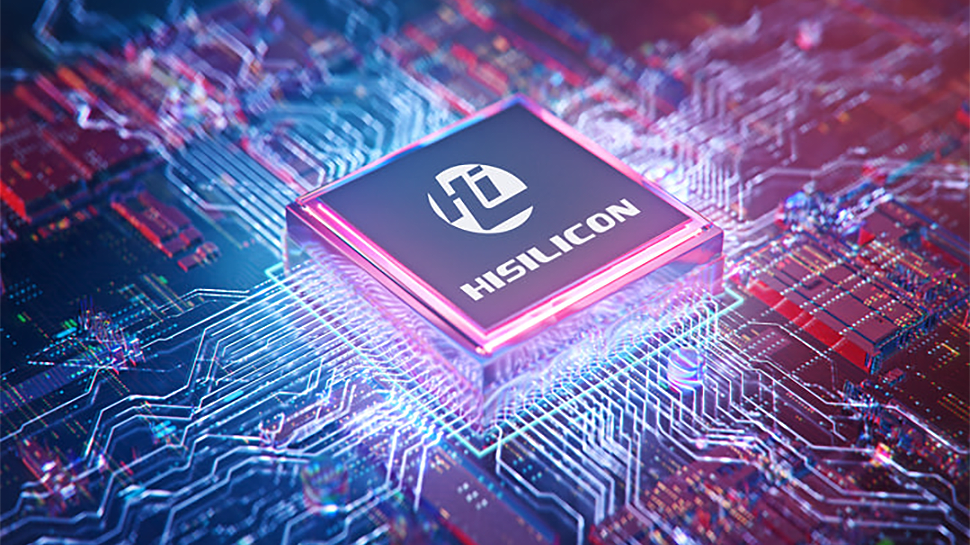
Huawei's Kirin 9000S system-on-chip that powers Huawei's new Mate 60 Pro smartphone is rumored to be made by China-based SMIC using its 2nd generation 7nm-class fabrication process and stacking, according to TechInsights, a significant semiconductor research firm, as per a report by the South China Morning Post. In addition, the SoC reportedly packs CPU and GPU featuring microarchitectures developed in-house. Meanwhile, all the information about the Kirin 9000S is strictly unofficial.
Huawei's HiSilicon Kirin 9000S looks to be a quite complex SoC packing four high-performance cores (one at up to 2.62 GHz and two at up to 2150 MHz) and four energy-efficient cores (up to 1530 MHz) based on the company's own TaiShan microarchitecture (which still looks to be found on the Armv8a ISA ) as well as the Maleoon 910 graphics processing unit operating at up to 750 MHz, based on screenshots by Huawei Central. CPU and GPU cores run at relatively low clocks compared to frequencies of Arm's cores featured in previous generations of HiSilicon's SoCs.
But low frequencies can be explained by the fact that SMIC makes the new SoC on its unannounced 2nd generation 7nm fabrication process, which could be a breakthrough for SMIC, Huawei, and China's high-tech industry. Although TechInsights calls this fabrication technology SMIC's 2nd generation production node, state-controlled Global Times claims that China's foundry champion uses its 5nm-class manufacturing technology to make the SoC. But these two names seem to describe the same thing, which was once known as SMIC's N+2.
SMIC briefly mentioned its N+2 manufacturing technology in 2020. At that time, it looked like an evolutionary step of its N+1, which was once called a low-cost alternative to TSMC's N7 (a 7nm-class fabrication process). In another Global Times publication, Chinese analysts labeled N+2 as SMIC's 5nm-class production node about a year ago.
SMIC has never confirmed that it produces chips on 7-and 5 nm-class nodes. Yet, there are independent proofs from TechInsights that SMIC produced MinerVa Semiconductor Bitcoin mining ASICs on its 7nm-class N+1 technology.
Meanwhile, SMIC's Twinscan NXT:2000i deep ultraviolet (DUV) lithography scanners can make chips on 7nm and 5nm technologies, so that the company may have developed a 5nm-class fabrication process. There is an essential detail, though: to print outstanding features on a 5nm-class node or a refined 7nm-class process technology, SMIC has to heavily use multi-patterning, which is an expensive technology that affects yields and costs, so the economic efficiency of SMIC's 5nm-class technology is likely considerably lower than that of market leaders Intel, TSMC, and Samsung Foundry.
An interesting detail about the Kirin 9000S is that it reportedly uses stacking technology, though Global Times does not elaborate on how it uses stacking. Perhaps the Kirin 9000S stacks the modem IC on top of the CPU+GPU IC to save space on the motherboard, or maybe disaggregates some logic to simplify production. But in any case, advanced packaging technology is also a breakthrough for SMIC and/or Huawei's HiSilicon.
Huawei's HiSilicon is China's most successful chip designer that has used to adopt TSMC's leading-edge fabrication technologies. After Huawei lost access to American technologies in 2020, HiSilicon could no longer work with the world's largest contract maker of chips, and it is believed that the parent company helped SMIC to advance its fabrication processes. If this is the case, then the Kirin 9000S is the first fruit of this collaboration.
Huawei has not commented on the matter, and even state-ran Global Times does not explicitly say that the HiSilicon Kirin 9000S uses SMIC's 5nm-class process technology but prefers to call the information a rumor.
"chips" - Google News
September 03, 2023 at 10:31PM
https://ift.tt/8wH1iOh
Huawei's New Mystery 7nm Chip from Chinese Fab Defies US Sanctions - Tom's Hardware
"chips" - Google News
https://ift.tt/AzB7r4n
https://ift.tt/z4NwqpE
Bagikan Berita Ini















0 Response to "Huawei's New Mystery 7nm Chip from Chinese Fab Defies US Sanctions - Tom's Hardware"
Post a Comment